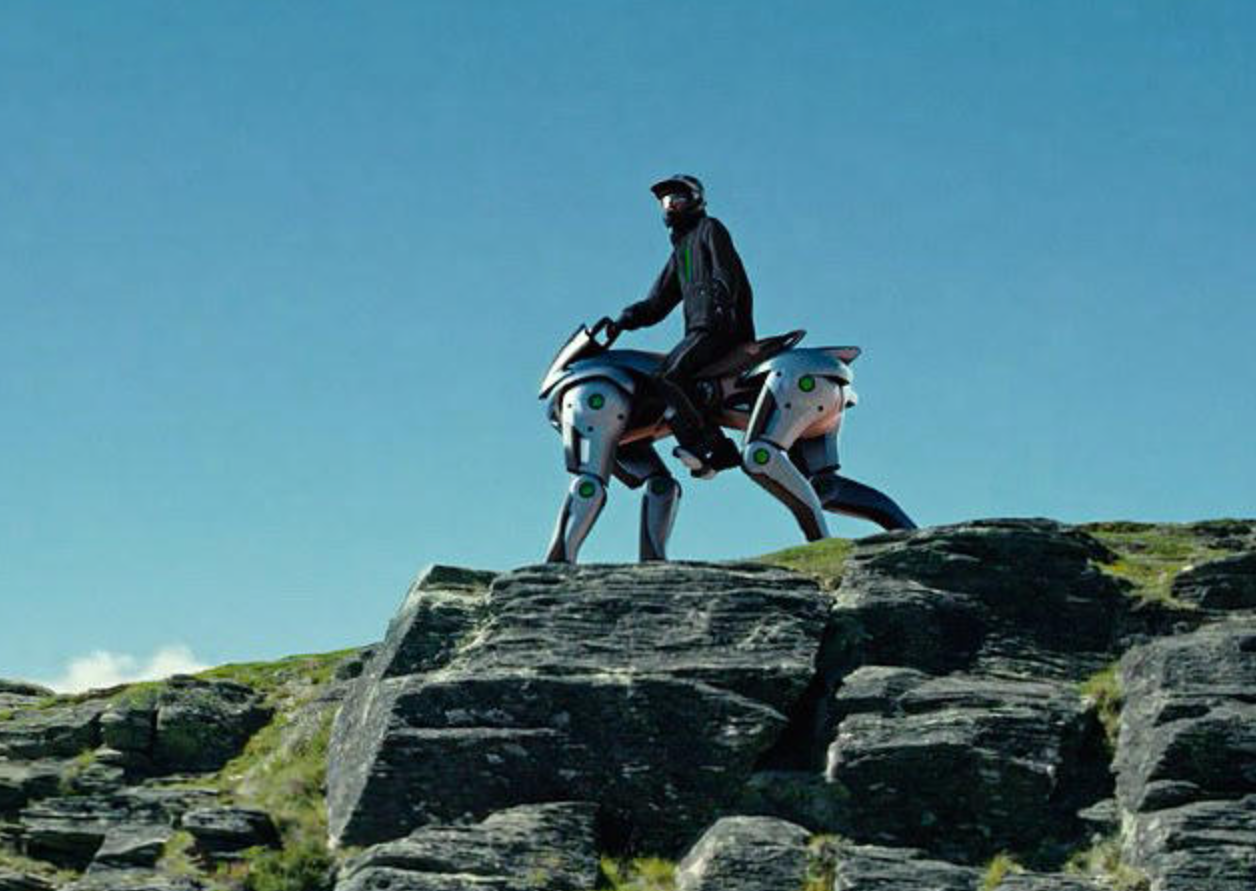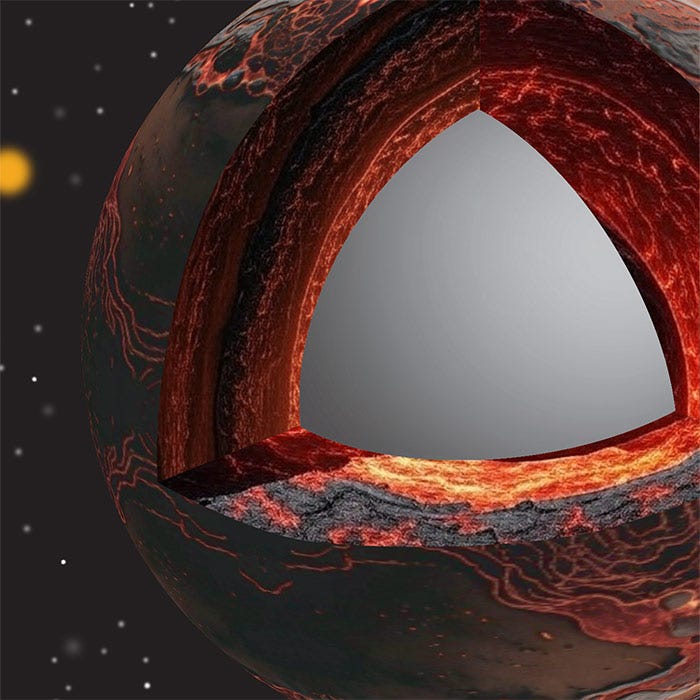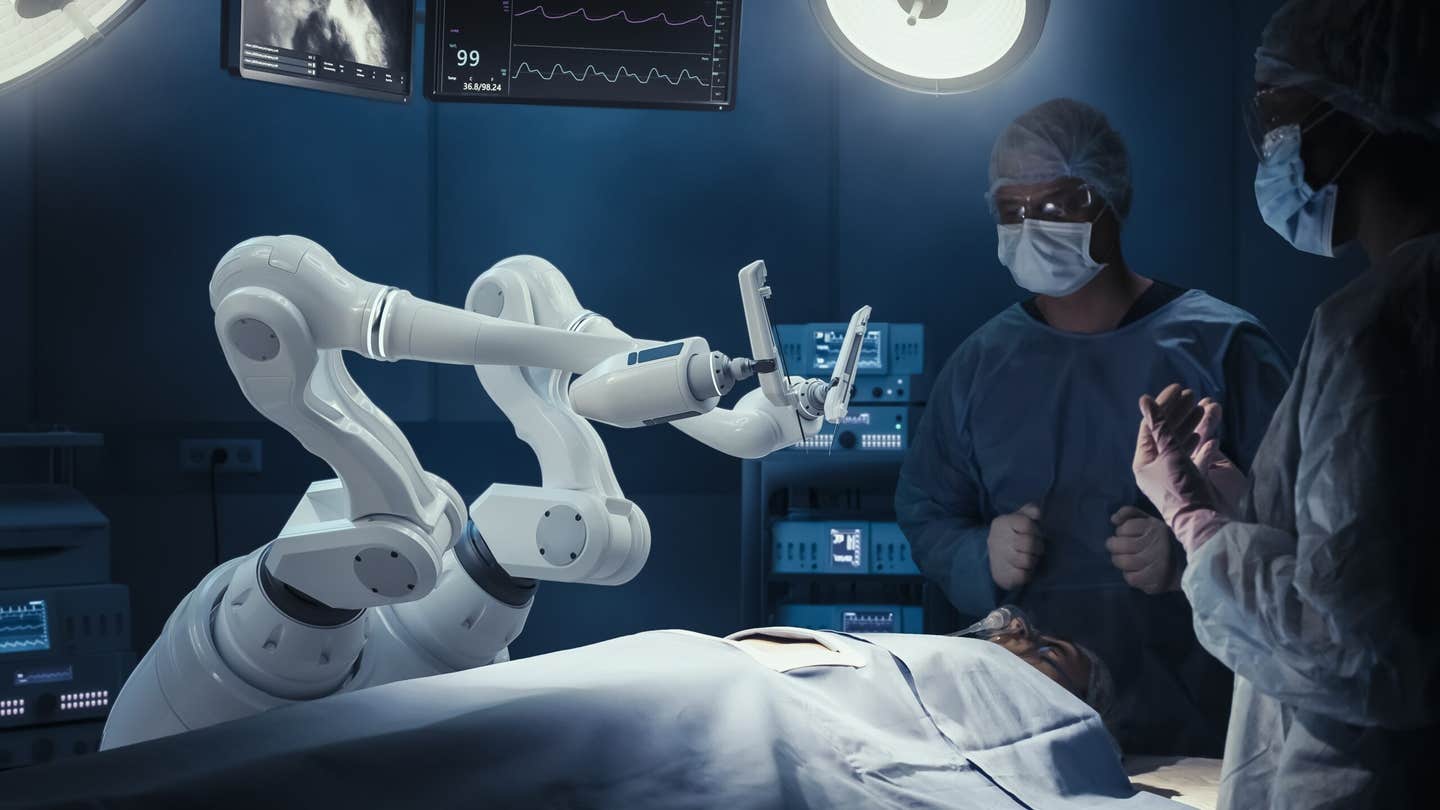Kawasaki designed a crazy 4-legged robot you ride like a horse
Kawasaki’s Corleo, a four-legged hydrogen-powered robotic horse, promises to transform transportation and enhance mobility by 2050.

Humans have always admired horses for their strength, grace, and versatility. Now, scientists and engineers at Kawasaki Heavy Industries have decided it's time for a mechanical twist on this natural wonder. Meet the Corleo—a futuristic four-legged rideable robot that blends features of horses, mountain lions, and motorcycles.
Recently unveiled at Expo 2025 Osaka in Japan, the Corleo has captured global attention. Kawasaki's animated concept video already has more than a million views, showing off the robot galloping through forests, leaping over canyons, and effortlessly tackling rough landscapes reminiscent of a fantasy adventure.
A New Kind of Ride
Engineers at Kawasaki began by asking a bold question: "What if we put legs on an all-terrain vehicle?" Their answer became the Corleo, designed as an off-road personal transport powered by a 150cc hydrogen-fueled engine. Instead of wheels, the Corleo sports four independently moving legs, each equipped with swing arms and slip-resistant rubber hooves. These specialized hooves adapt to surfaces like grass, gravel, and rocky ground, maintaining stability and balance.
Each leg absorbs shocks and adjusts automatically to rough terrain, ensuring riders remain upright and comfortable even on steep inclines or uneven paths. Sensors in the stirrups and handlebars help riders steer simply by shifting their weight, creating an intuitive and enjoyable riding experience similar to a motorcycle or ATV.
"While preserving the joy of riding, the vehicle continually monitors the rider's movements to achieve a reassuring sense of unity between human and machine," Kawasaki stated.
Innovative and Environmentally Friendly
The Corleo isn’t just impressive for its agility—it's also environmentally conscious. Its hydrogen engine produces electricity for leg movement, offering a silent and emission-free operation. Riders navigate with the aid of an onboard GPS, which maps the safest routes and monitors fuel levels, rider balance, and upcoming terrain.
Related Stories
Despite its futuristic appeal, questions remain about how feasible this concept will be in practice. Legged robots, like Boston Dynamics' Spot, have already shown promise, but carrying humans safely through natural landscapes adds complexity. For the Corleo to achieve its ambitious goals, scientists must overcome several significant hurdles.
Tackling the Technical Challenges
Building a robot as agile as the Corleo isn't easy. While its legs appear strong and capable of front-to-back motion, the robot currently lacks the sideways movements humans rely on for balance. Imagine someone pushing your side—you instinctively move your leg outward to stabilize yourself. This side-to-side flexibility, known as abduction and adduction, would enhance safety and smoothness, especially at high speeds or when navigating tricky landscapes.
Moreover, actuators—the powerful devices responsible for leg movements—must handle not only the robot's weight but also that of its rider. They need enough strength and precision to manage demanding tasks like galloping, jumping, and adjusting rapidly to uneven ground.
Beyond hardware, the Corleo requires sophisticated software. Unlike cars or motorcycles, a robotic vehicle must process real-time data to balance itself continually. Kawasaki's design integrates "proprioceptive" sensors that sense body positioning and "exteroceptive" sensors that detect external conditions. These sensors help the robot "see" obstacles, adjust footing, and react to slippery or unstable surfaces.
While Kawasaki hasn't confirmed exactly how these sensors are arranged, experts stress the necessity of advanced vision systems—like cameras or laser scanners—to make real-world navigation safe and reliable.
Benefits Beyond Recreation
Though initially a high-end recreational vehicle, the technology behind the Corleo could serve broader purposes. Kawasaki sees the robot as a solution to transportation challenges in remote areas, opening possibilities in tourism, exploration, and even sports.
But perhaps more exciting is the potential for assistive technology. Robotic advancements inspired by the Corleo could significantly benefit people with mobility challenges. Current robotic exoskeletons, such as Wandercraft’s Personal Exoskeleton or Human in Motion Robotics’ XoMotion, are already transforming lives.
Innovations driven by the development of legged robots like the Corleo might further enhance the independence and quality of life for many disabled individuals.
Looking Toward the Future
The Corleo is still just a concept, not yet ready for real-world adventures. Experts agree that Kawasaki’s idea holds promise, but the road ahead is challenging. Creating a robust, agile, and safe robotic horse demands advancements in endurance, computing, sensor technology, and safety standards.
Yet, despite these challenges, Kawasaki remains optimistic. They believe a version of the Corleo could reach consumers by the end of this decade. If successful, it could revolutionize not just transportation but also our understanding of how robots and humans can interact seamlessly.
Whether you're fascinated by technology, love adventure, or simply appreciate a visionary blend of nature and mechanics, the Corleo suggests an exciting future—one gallop closer to reality.
Note: The article above provided above by The Brighter Side of News.
Like these kind of feel good stories? Get The Brighter Side of News' newsletter.



